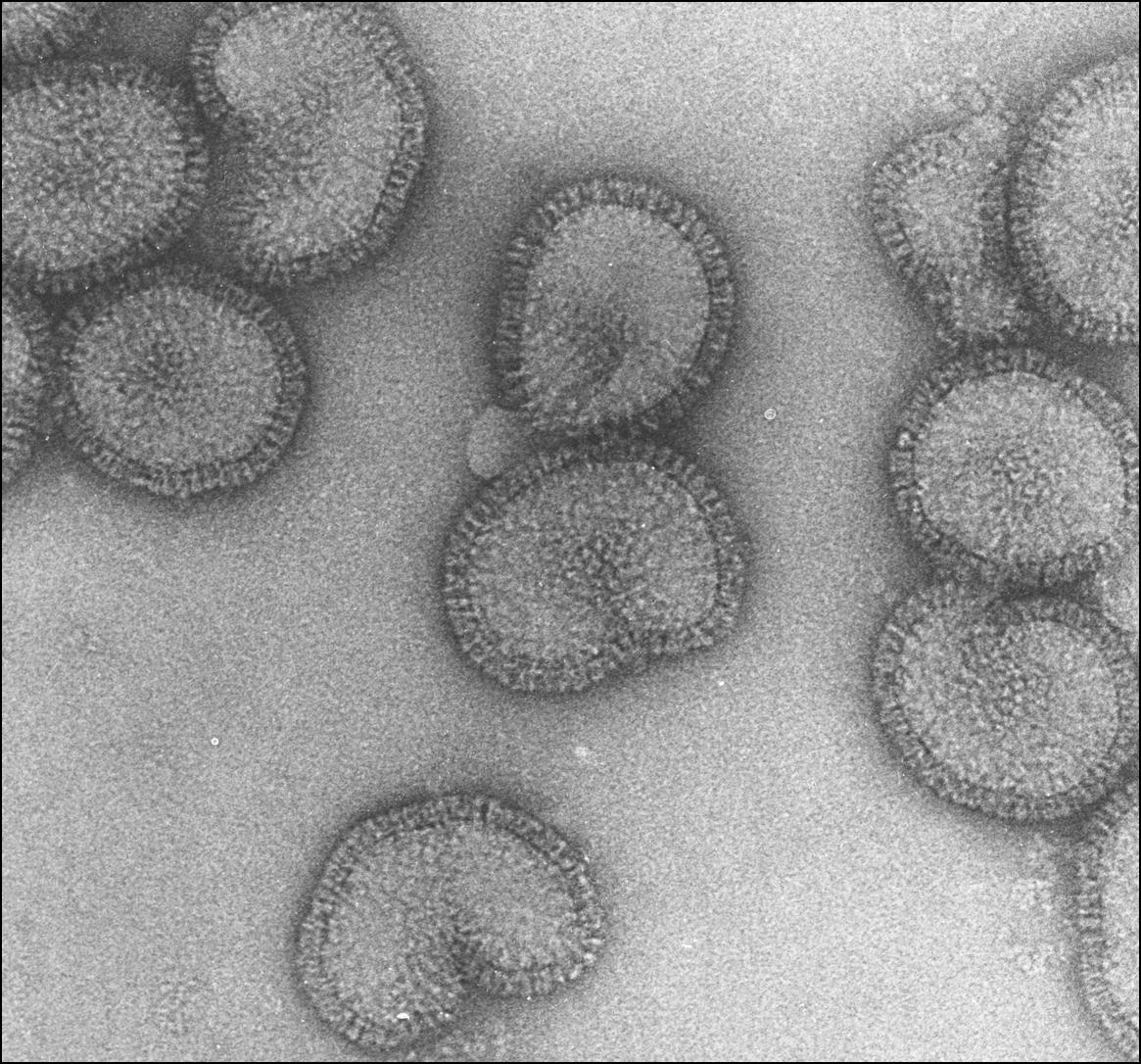News

November 4. - 2025
Why study emerging H5N1 strains in ferrets?
The rapid evolution and global spread of highly pathogenic avian influenza (HPAI) H5N1 viruses, particularly subclade 2.3.4.4b, have raised serious concerns about their potential to cause future pandemics. These viruses have increasingly infected a wide range of avian and mammalian species, including recent spillover into marine mammals and livestock. To better understand the risks posed by newly circulating strains and to support the development of effective countermeasures, researchers are using updated ferret models to study the pathogenesis and virulence of these viruses under controlled conditions.
Respiration rate calculated from raw tri-axial accelerometery data
In a new study scientists from CeRba Research, The Netherlands, University of Veterinary Medicine, Hannover, Germany, and Star-Oddi, Iceland, implanted subcutaneously Star-Oddi DST micro-ACT loggers in 9 ferrets. The loggers were set to measure temperature every 5 minutes, and additionally they recorded raw tri-axial acceleration at 10Hz for one minute in the time space of 4 a.m. – 5 a.m. and 4 p.m. - 5 p.m. from which respiration rate was calculated see figure of tri-axial data below.
Respiration rate calculated from raw tri-axial accelerometery data
In a new study scientists from CeRba Research, The Netherlands, University of Veterinary Medicine, Hannover, Germany, and Star-Oddi, Iceland, implanted subcutaneously Star-Oddi DST micro-ACT loggers in 9 ferrets. The loggers were set to measure temperature every 5 minutes, and additionally they recorded raw tri-axial acceleration at 10Hz for one minute in the time space of 4 a.m. – 5 a.m. and 4 p.m. - 5 p.m. from which respiration rate was calculated see figure of tri-axial data below.

Raw data from supplementary material section ii - visual inspection and calculation of respiration rates.
Ferret model reveals rapid mortality, hypothermia, and tachypnoea
Ferrets infected with the contemporary H5N1 clade 2.3.4.4b virus isolated from a European grey seal exhibited rapid disease progression, with three out of six animals succumbing or requiring euthanasia within three days post-infection. Compared to the older A/Indonesia/05/2005 strain, the grey seal virus showed significantly higher replication in respiratory tissues and more severe systemic pathology, including liver and spleen necrosis. Continuous temperature monitoring revealed hypothermia preceding death, while respiration rates increased sharply after infection and remained elevated in the most severely affected animals, indicating pronounced tachypnoea (see figure 2 below). This highlights the virulence of this emerging strain and its relevance for updated animal models in pandemic preparedness.

Figure 2 from the article shows hypothermia and tachypnoea, and survival rates.